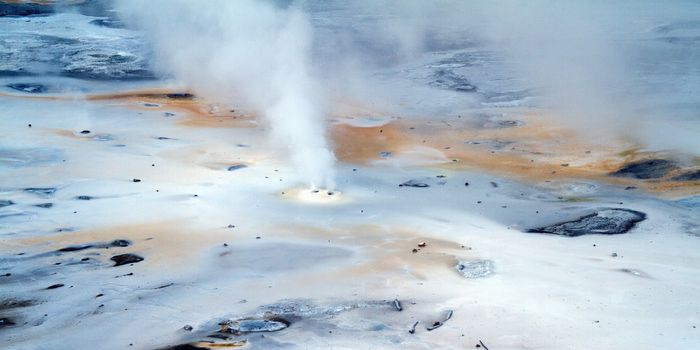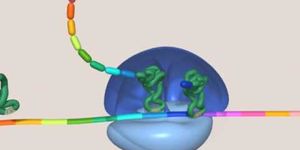
While not yet a reality, a team of scientists and students is working on a new space telescope, one they believe will be able to send back pictures 1,000 times better than the Hubble Telescope now in operation. As with all things in space exploration and research the goal is to go higher and further, hopefully capturing images of galaxies not yet even imagined.
The project is happening at the University of Colorado-Boulder, led by Professor Webster Cash of the Department of Astrophysical and Planetary Sciences. Dubbed the Aragoscope, after the French scientist Francois Arago, the project received it's first phase of funding, a $100,000 grant in June, through the NASA Innovative Advanced Concept program which looks to turn ideas based in science fiction into science reality. The Aragoscope team must now prove their telescope is feasible enough to be among the six proposals that NASA will choose in April to continue funding in Phase 2.
Currently there are two NASA space telescopes. The first is the iconic Hubble Space Telescope, the pioneer instrument of space instruments. Launched almost 25 years ago, it is still operating almost perfectly. NASA officials believe the Hubble will continue to provide deep space images through the end of the decade.
The other, planned as a successor to Hubble, is the James Webb Space Telescope, set to launch in late 2018. NASA believes that astronomers will gain valuable knowledge when comparing the Hubble images, which are taken with available light to those of the James Webb, which uses infrared technology. Since both will be operable together for at least two years, it is a rare opportunity to compare the two telescopes side by side.
Professor Cash still believes his design has the potential to be a vast improvement over both. "The size of Hubble was limited by the space shuttle that took it to orbit," he said. "We want a telescope that is deployable like the James Webb except we want it bigger. We are looking for ways to make a telescope with a very wide diameter, which gives us that high resolution. The problem is that it gets very heavy as the diameter gets larger unless you make it very thin. The Aragoscope has very thin design but still maintains the optical quality."
The Aragoscope consists of an orbiting space telescope with a half-mile-wide disk in front of it that resembles a giant umbrella. Cash said diffracted light waves from stars would bend around the edges of the disk and converge in a central point. That light would then be fed into the orbiting telescope to provide high-resolution images.
The curved disc in front of the telescope would be made of a very thin plastic material not unlike a plastic garbage bag. It could be launched while compressed like a parachute and tethered to the telescope. Once in outer space the disc would unfurl and the telescope could start sending back images.
Cash and his team hope to conduct an astronomical demonstration of the Aragoscope concept in the lab, using a 1-meter disk placed several meters from a telescope.
 While not yet a reality, a team of scientists and students is working on a new space telescope, one they believe will be able to send back pictures 1,000 times better than the Hubble Telescope now in operation. As with all things in space exploration and research the goal is to go higher and further, hopefully capturing images of galaxies not yet even imagined.
While not yet a reality, a team of scientists and students is working on a new space telescope, one they believe will be able to send back pictures 1,000 times better than the Hubble Telescope now in operation. As with all things in space exploration and research the goal is to go higher and further, hopefully capturing images of galaxies not yet even imagined.







